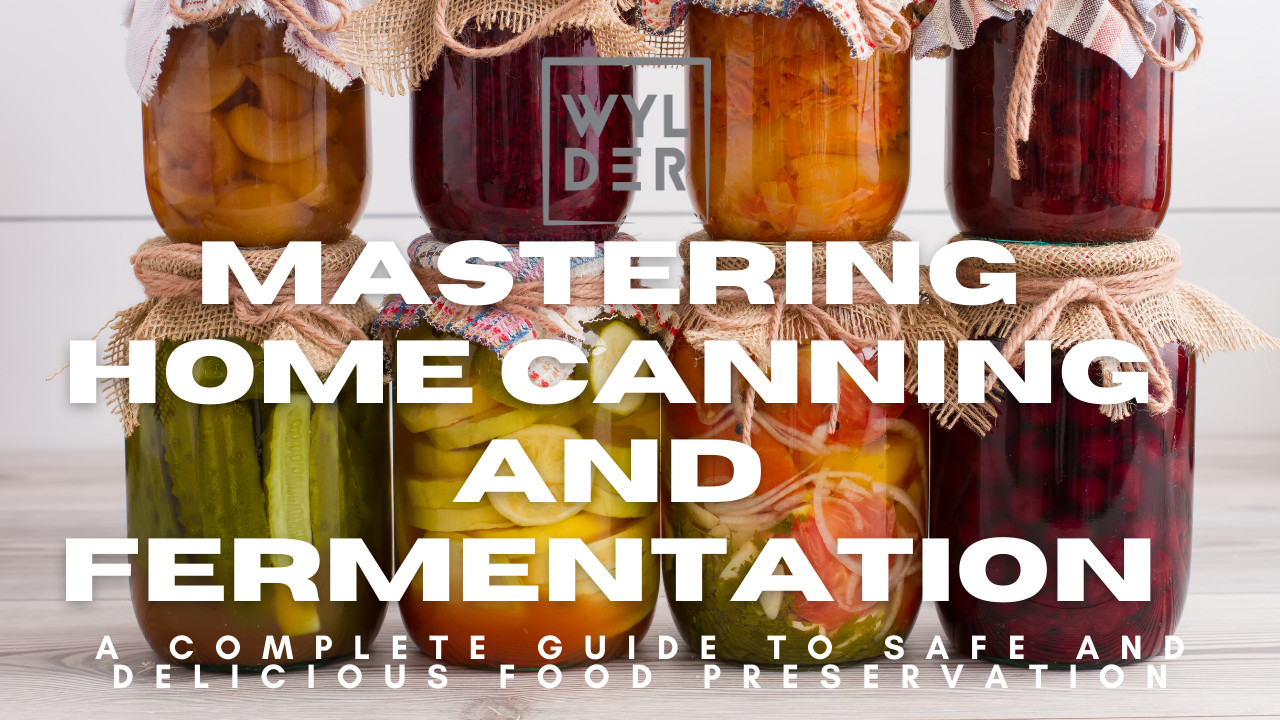
As more people embrace sustainable living, home canning and fermentation have reemerged as popular ways to preserve seasonal produce, reduce waste, and enhance flavor. Whether you’re diving into traditional canning, experimenting with fermentation, or exploring the rising trend of “rebel canning,” preserving food at home is a rewarding skill with countless benefits. Here, we’ll cover the essentials of safe food preservation, highlight fermentation techniques, and provide insights into what "Rebel Canning" entails.
Why Home Canning is Growing in Popularity
Home canning is an excellent way to enjoy peak-season produce all year round. Many people are searching for "how to preserve food safely" and "beginner tips for home canning," reflecting a renewed interest in this age-old, economical practice. Canning can be done through two primary methods: water bath canning for high-acid foods like fruits and jams, and pressure canning for low-acid items such as vegetables and meats. Safety is paramount in home canning; using the correct method helps prevent the growth of harmful bacteria, like botulism.
What is Rebel Canning?
"Rebel canning" has become a trending topic as more people seek alternatives to USDA guidelines. Some find rebel canning appealing because it allows for greater variety in preservation techniques. However, it’s crucial to exercise caution since these methods often lack the extensive testing required for USDA-approved canning, potentially increasing health risks.
For those interested in exploring rebel canning, it’s best to start with thorough research and multiple sources to understand both the benefits and the possible hazards.
The Appeal of Fermentation: More Than Just a Trend
Fermentation is another traditional preservation method that’s gained popularity, with frequent searches for “how to ferment vegetables” and “benefits of fermented foods.” Fermenting not only preserves food but also enhances flavor and creates probiotics, which can support gut health.
;
Fermenting vegetables requires only salt, fresh produce, and an anaerobic (oxygen-free) environment. Popular ferments include sauerkraut, kimchi, and pickles, though you can experiment with unique flavor combinations to create personalized, nutritious foods. To maintain the best quality, keep ferments in a cool, dark place and taste-test regularly to find the ideal flavor and texture.
Essential Tips for Food Preservation Success
- Use Fresh, Quality Ingredients: Fresh, locally-sourced produce yields the best preserved foods.
- Sterilize Equipment: Clean jars and utensils are essential for safe preservation.
- Follow Trusted Guides: Especially with new methods, rely on reputable canning and fermenting guides to ensure both flavor and safety.
Want some resources to get you started? Start Here.
Mastering these preservation techniques allows you to enjoy delicious, homemade foods year-round, reduce costs, and reconnect with traditional culinary practices. Whether you stick to USDA-approved methods or explore the flexibility of rebel canning, food preservation offers an enriching way to understand and appreciate what we eat.
Affiliate Disclosure
To support the valuable work we do here at Wylder Space Inc., we occasionally use affiliate links to recommend products and services we believe will benefit our readers. This means that, at no additional cost to you, we may earn a small commission if you make a purchase through these links. Rest assured, we only promote products we trust and believe align with our mission to empower and inspire food entrepreneurs. Your support through these purchases helps us continue to create high-quality content and resources. Thank you!


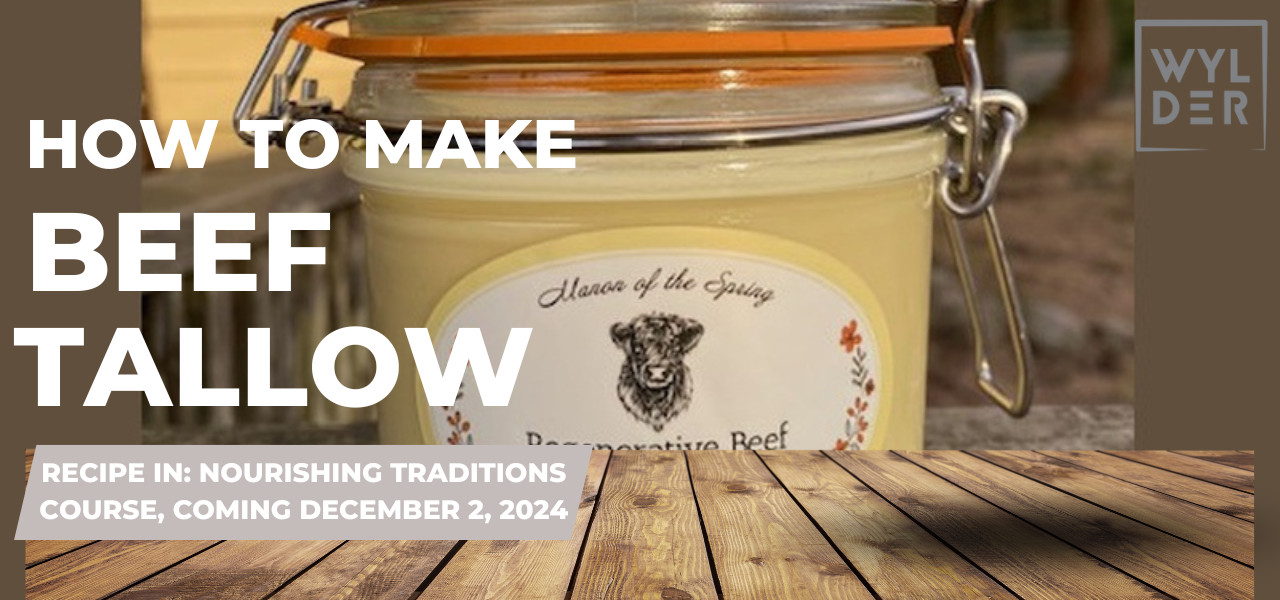
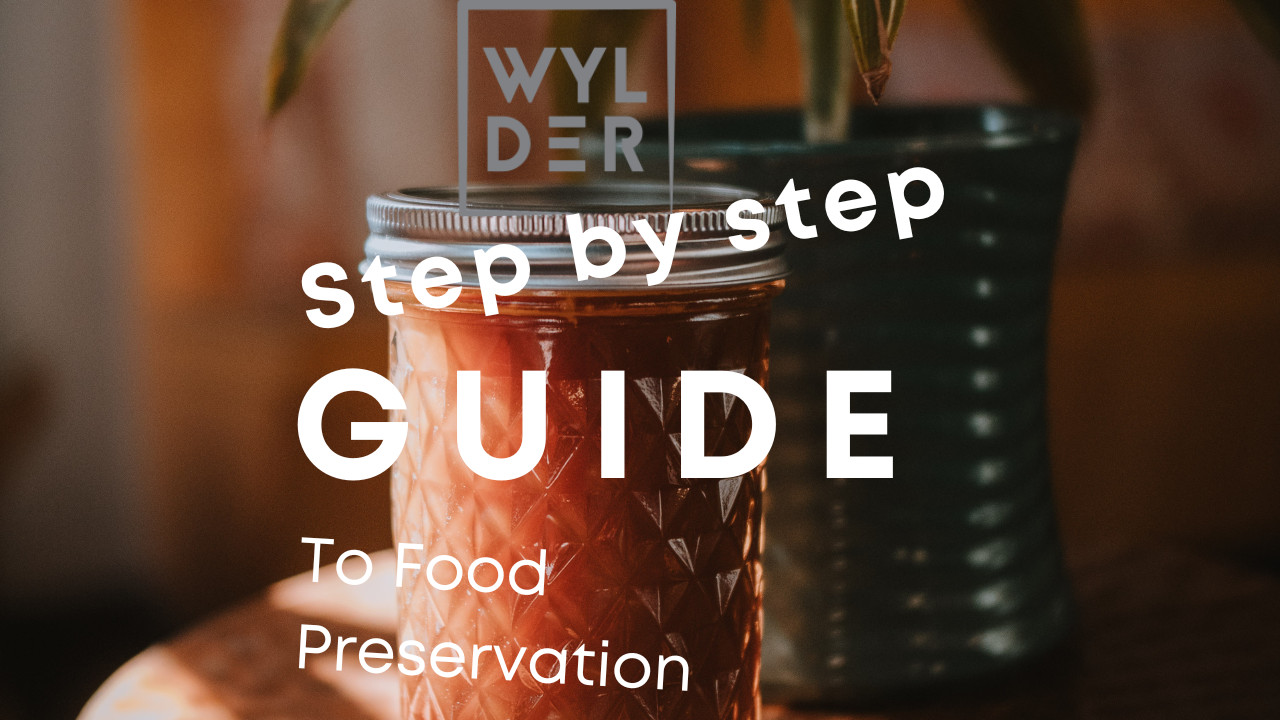
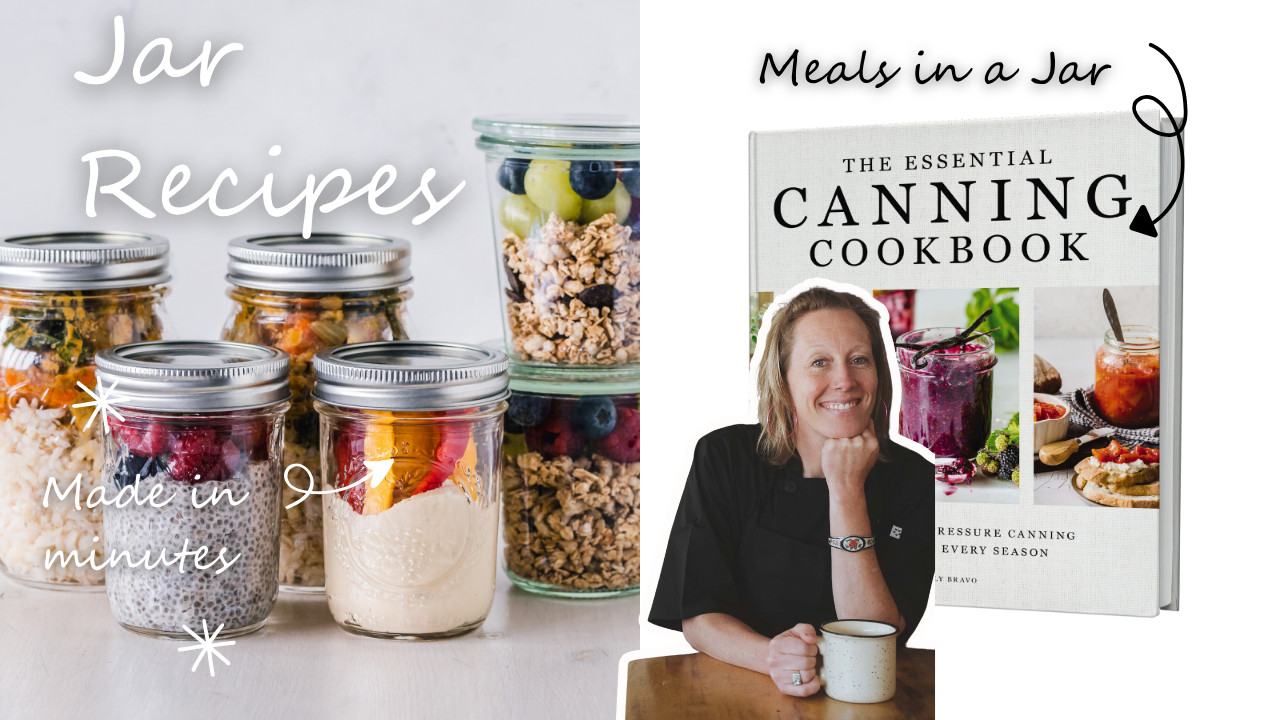






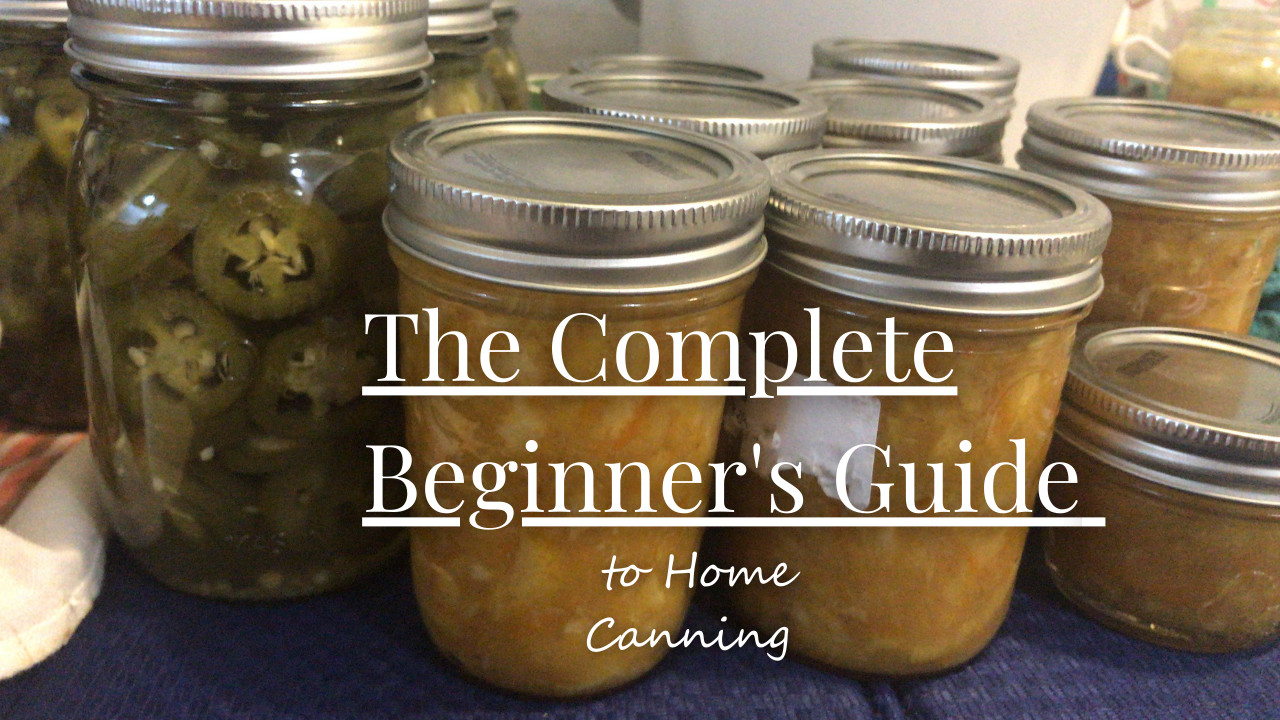
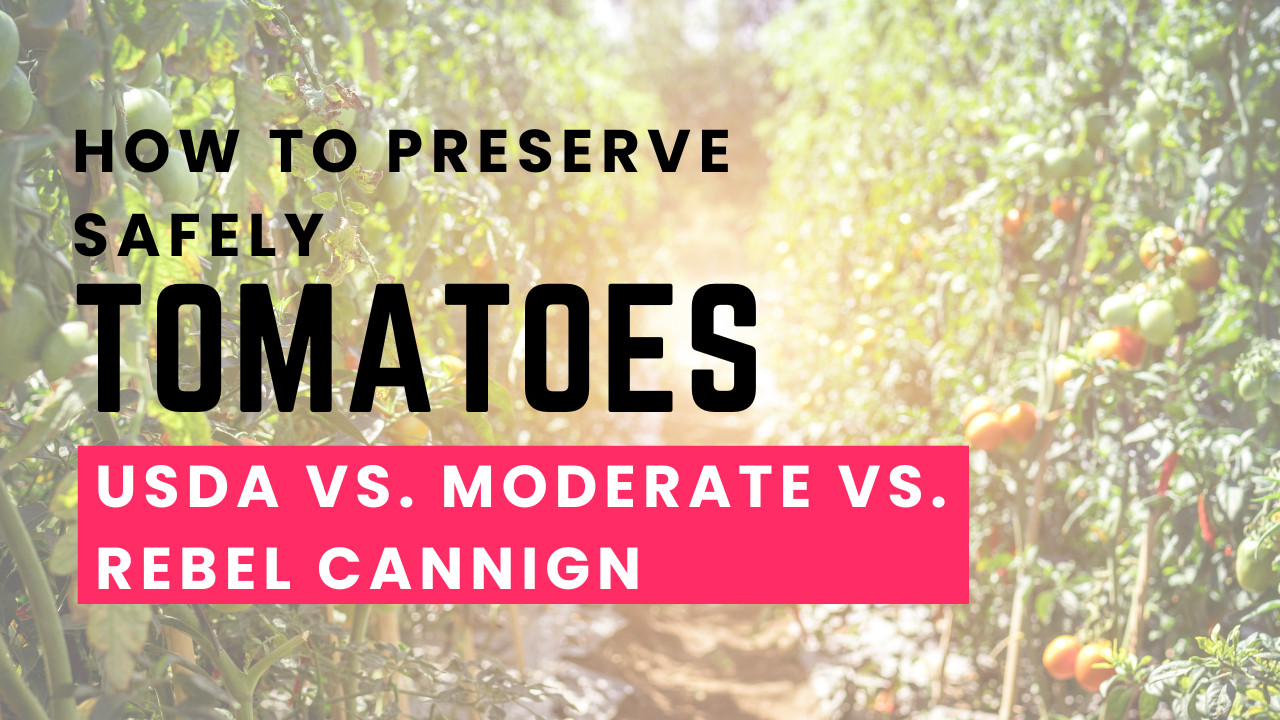
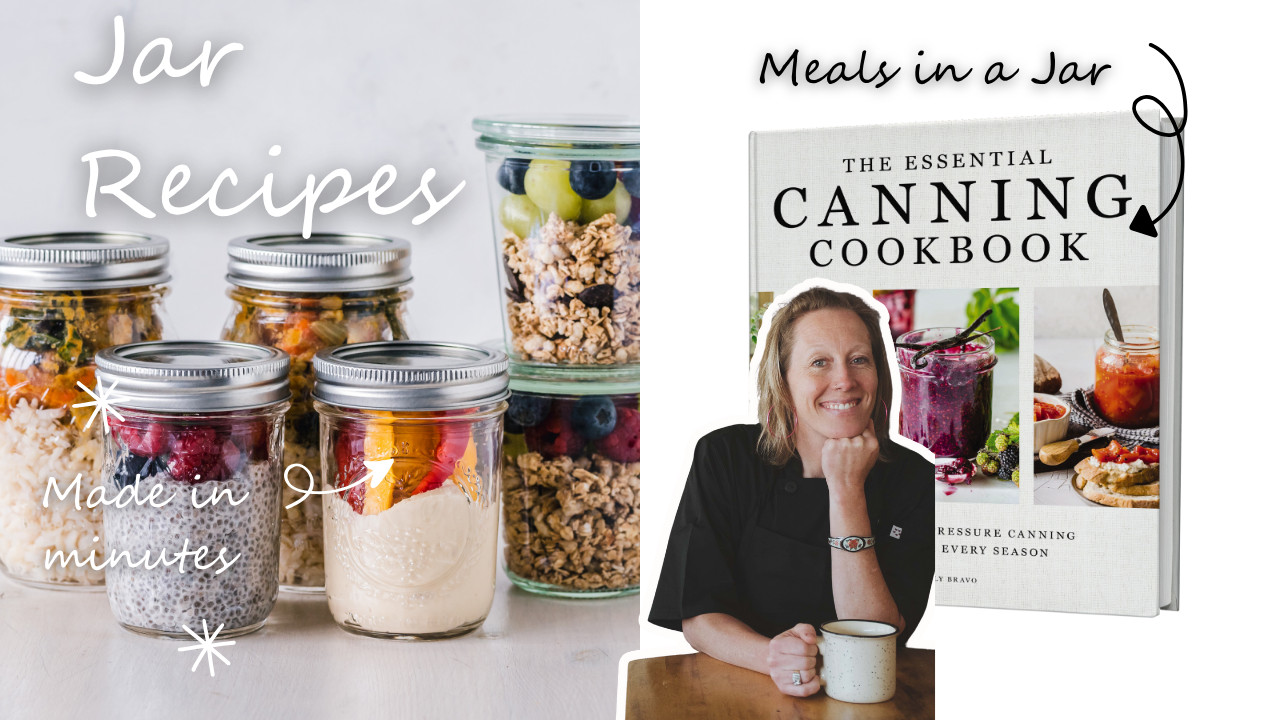

0 Comments